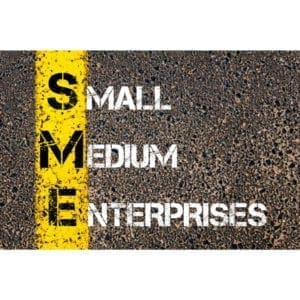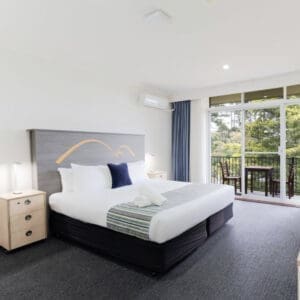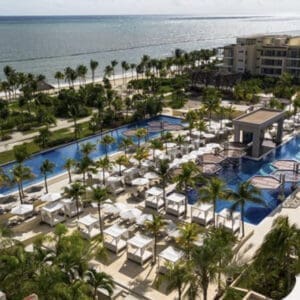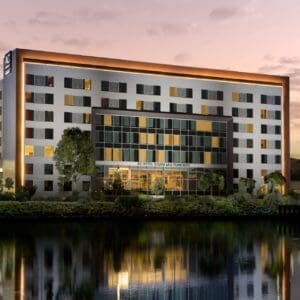 An updated lodging forecast released by PwC US expects another year of solid revenue per available room (“RevPAR”) growth in 2015, with a stronger-than-previously-expected increase in occupancy levels, offset by softer than anticipated growth in room rates.
An updated lodging forecast released by PwC US expects another year of solid revenue per available room (“RevPAR”) growth in 2015, with a stronger-than-previously-expected increase in occupancy levels, offset by softer than anticipated growth in room rates.
Despite weak U.S. economic performance driven in part by unseasonably harsh winter weather conditions, the U.S. lodging sector registered solid demand performance during the first quarter of 2015, with a year-over-year increase in RevPAR of 8.0 percent, and increasing demand levels driving RevPAR increases to a larger extent than previously anticipated. PwC expects this positive momentum in demand to continue for the remainder of 2015, supporting a RevPAR increase of 7.0 percent in 2015. In 2016, PwC expects RevPAR to grow 6.1 percent, driven almost entirely by average daily rate (“ADR”).
The estimates from PwC are based on a quarterly econometric analysis of the lodging sector, using an updated forecast released by Macroeconomic Advisers, LLC in April and historical statistics supplied by STR and other data providers. Macroeconomic Advisers expects real gross domestic product (“GDP”) to increase 2.8 percent in 2015, followed by a 2.5 percent increase in 2016, measured on a fourth-quarter-over-fourth-quarter basis.
Based on this analysis and recent demand trends, PwC expects industry occupancy in 2015 to reach levels not seen since 1981, with a number of factors contributing to the continued increase in these levels including the expansion of online distribution channels, which have helped hotel operators fill rooms during more off-peak periods.
Average daily rate growth is expected to remain somewhat controlled for the balance of this year partly due to the impact of the increased value of the U.S. Dollar, which is expected to restrict the level that hotel operators are able to raise rates, primarily in certain gateway markets that cater to inbound international leisure visitors.
Supply growth is starting to get more meaningful, and is expected to accelerate to 2.2 percent in 2016, with the increase in available hotel rooms exceeding the long-term average of 1.9 percent for the first time since 2009. As a result, while occupancy levels are expected to begin to stabilize, these peak levels, coupled with the absence of this year’s drag from the U.S. Dollar, is expected to support an average daily rate-driven RevPAR increase of 6.1 percent.
| 2005 | 2006 | 2007 | 2008 | 2009 | 2010 | 2011 | 2012 | 2013 | 2014 | 2015 | 2016 | ||
| Occupancy | 63.0% | 63.2% | 62.8% | 59.8% | 54.6% | 57.6% | 60.0% | 61.4% | 62.2% | 64.4% | 65.7% | 65.8% | |
| ADR Growth | 5.6% | 7.5% | 6.6% | 2.9% | -8.6% | -0.1% | 3.8% | 4.2% | 3.9% | 4.5% | 5.0% | 6.1% | |
| RevPAR Growth | 8.6% | 7.7% | 6.1% | -2.0% | 16.6% | 5.4% | 8.1% | 6.6% | 5.2% | 8.2% | 7.0% | 6.1% | |
| Source: PwC US, based on STR data | |||||||||||||
“With robust travel activity in the U.S., both group and transient demand continue to exhibit positive momentum contributing to occupancy levels not seen in the last 30 years,” said Scott D. Berman, principal and U.S. industry leader, hospitality & leisure, PwC. “Average daily rate growth has lagged expectations in the current cycle, but is expected to pick up next year as peak occupancy levels persist. Nevertheless, we will be monitoring several macroeconomic indicators, particularly currency fluctuations this summer to gauge impact on U.S. lodging fundamentals.”















